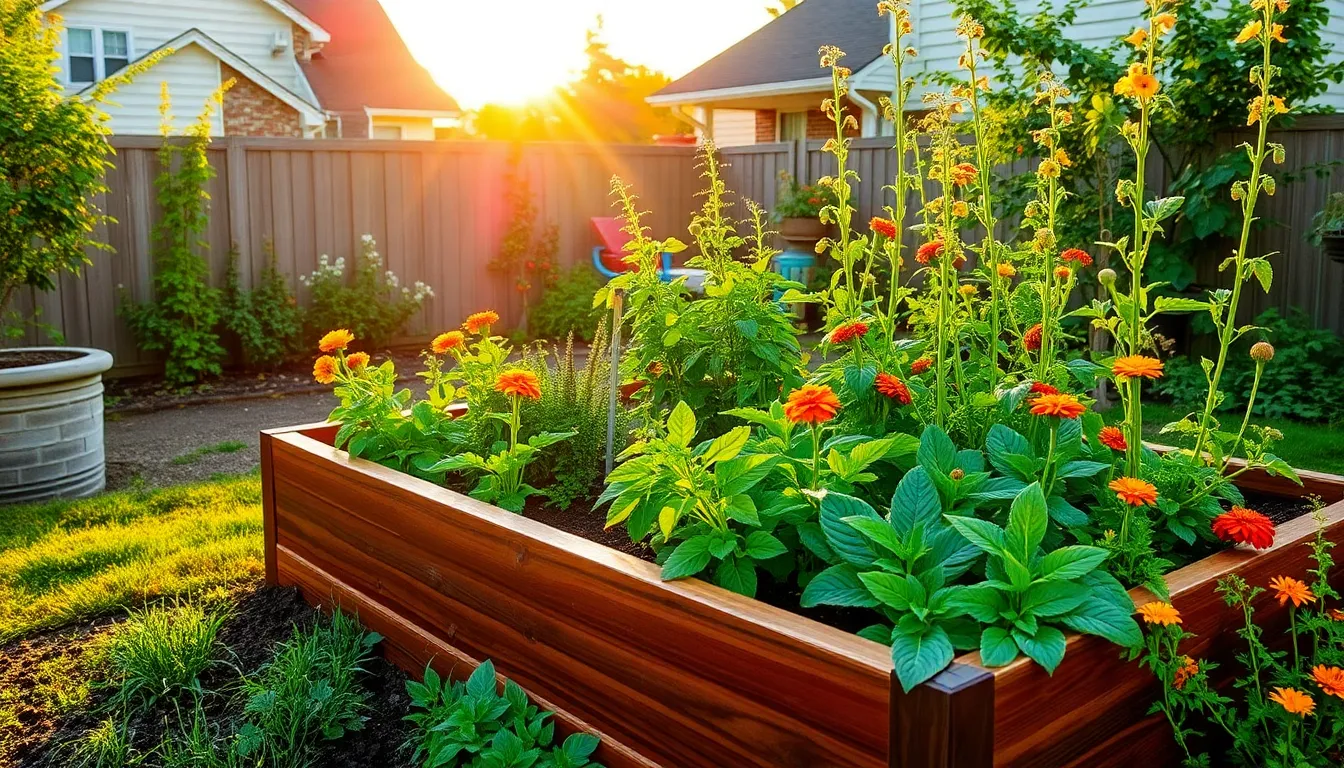Embarking on the journey of starting a raised garden bed can feel like opening the door to a vibrant, living landscape right in your own backyard. Whether you’re a novice gardener eager to grow your first tomato or a seasoned green thumb looking to maximize your garden’s potential, raised beds offer a versatile and rewarding approach to cultivating plants. Raised garden beds are more than just a trend; they provide a practical solution for improving soil quality, managing drainage, and keeping pesky weeds at bay. They offer an inviting opportunity to explore sustainable gardening practices while enjoying the fruits and vegetables of your labor.
In this article, we’ll guide you through the essentials of constructing and maintaining a raised garden bed tailored to your space and needs. You’ll discover how to select the perfect location, choose the right materials, and ensure your plants thrive with the best soil and care. From understanding the nuances of plant spacing to integrating companion planting strategies, there’s a wealth of knowledge to unlock. Along the way, you’ll gain valuable insights into optimizing your garden’s productivity and creating a nurturing environment that flourishes season after season.
By the end of our journey together, you’ll feel confident and inspired to bring your raised garden bed to life, equipped with practical tips and expert advice. We aim to make this process as inspirational as it is informative, ensuring you’re prepared to cultivate a beautiful and bountiful garden. Join us as we dig into the details and transform your outdoor space into a thriving oasis of growth and beauty. Let’s get our hands dirty and plant the seeds of success, one step at a time.
Select an Ideal Garden Location
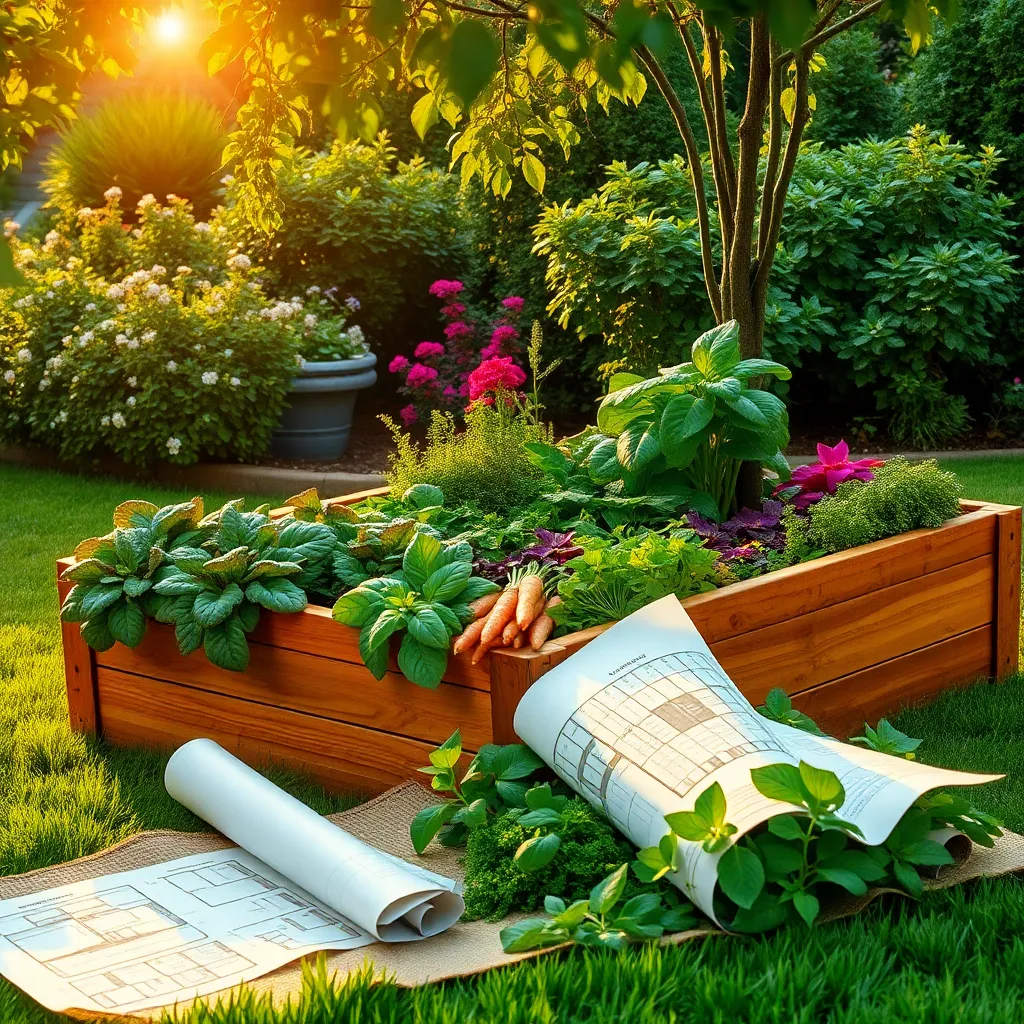
Choosing the right location for your raised garden bed is crucial for success. Start by observing your garden to identify areas that receive ample sunlight, ideally six to eight hours a day.
Consider the proximity to a water source to make maintenance easier. Ease of access to water will reduce the time and effort spent on watering, especially during dry spells.
It’s important to think about the soil drainage in your chosen spot. A location with good drainage will prevent waterlogging, which can harm your plants by suffocating their roots.
For those dealing with poor natural soil conditions, a raised bed offers the perfect opportunity to customize your soil mix. Use a combination of loamy soil, compost, and peat moss to create a nutrient-rich environment that supports healthy plant growth.
- Test the soil pH if you are planting specific crops that require certain pH levels.
- Ensure the area is sheltered from strong winds, which can damage plants and dry out soil quickly.
Measure and Assemble Garden Bed
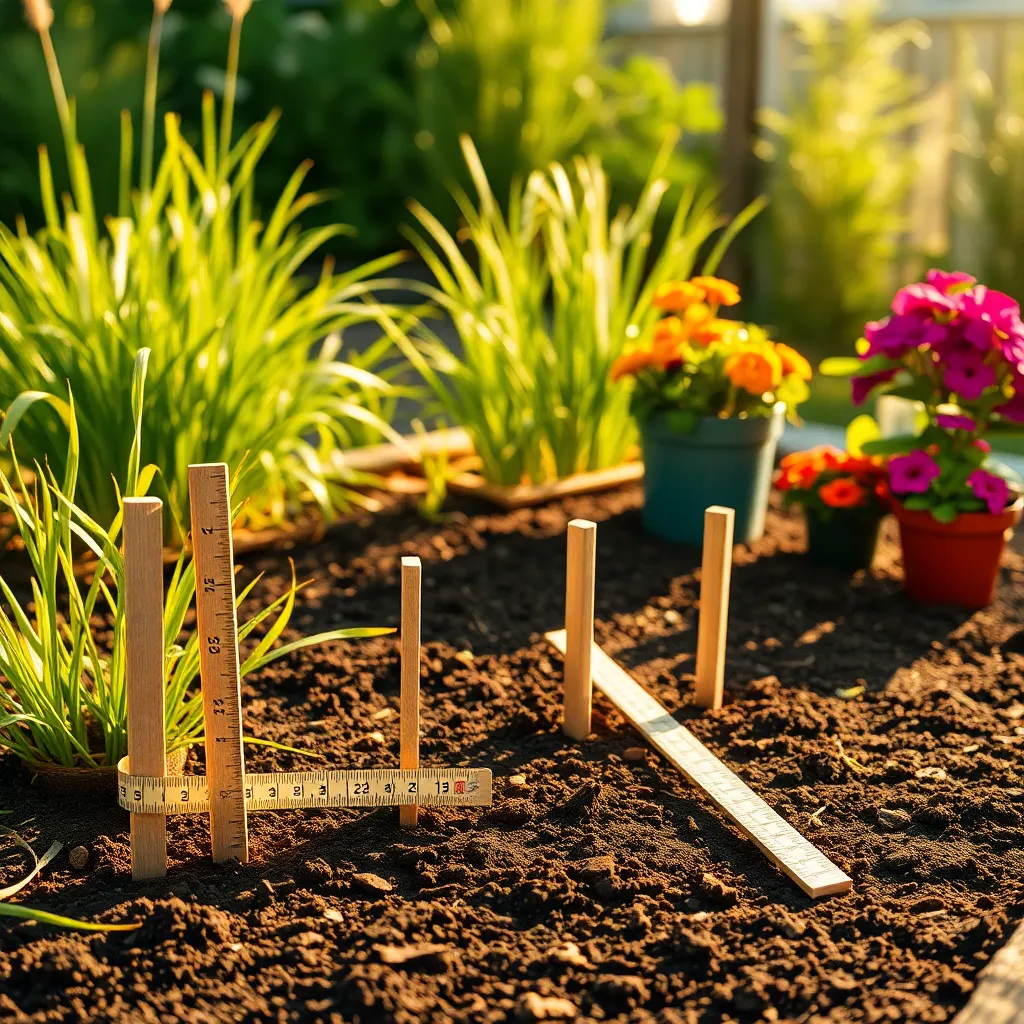
To begin measuring your garden bed, choose a size that fits your space and gardening needs. A common size is 4 feet by 8 feet, which allows easy access to plants from all sides without stepping on the soil.
When determining the height of your raised bed, consider the types of plants you wish to grow. A height of 12 to 18 inches is ideal for most vegetables, providing ample soil depth for root development.
For assembly, gather materials such as untreated wood, galvanized screws, and a drill. Make sure to use weather-resistant materials to ensure the longevity of your garden bed.
As you assemble the frame, ensure corners are square for a neat and sturdy structure. Use a carpenter’s square or a simple tape measure to verify accuracy during the process.
After constructing the frame, line the bottom with a layer of landscape fabric. This will help prevent weeds from invading your garden bed while allowing proper drainage.
Fill your garden bed with a mix of topsoil, compost, and a bit of sand for improved drainage. A good ratio is approximately 60% topsoil, 30% compost, and 10% sand to provide a nutrient-rich environment for your plants.
Fill with Quality Soil Mix
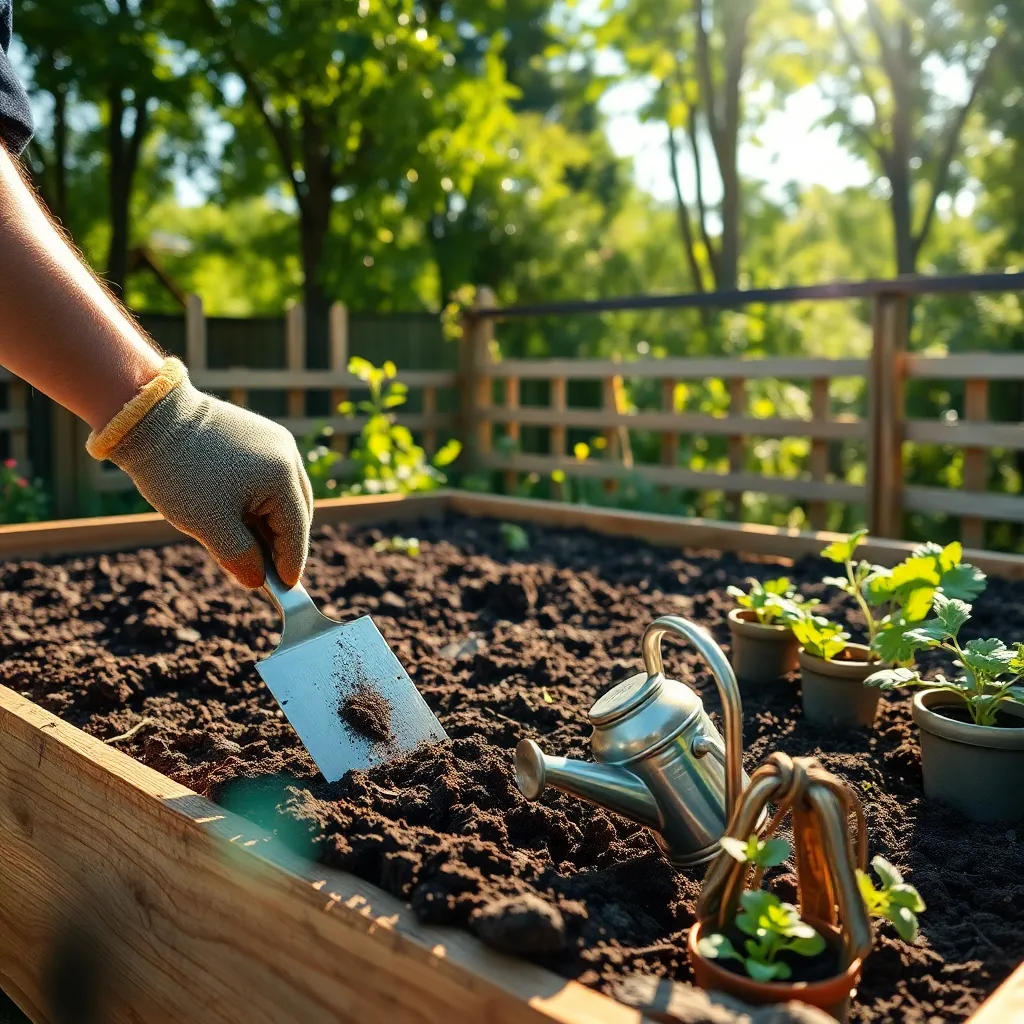
Filling your raised garden bed with a quality soil mix is crucial for healthy plant growth. Begin by choosing a mix that combines topsoil, compost, and organic matter to create a nutrient-rich environment.
For beginners, a simple mix of 60% topsoil, 30% compost, and 10% perlite or vermiculite provides excellent drainage and aeration. This balanced combination ensures that your plants receive adequate nutrients while preventing root rot.
Experienced gardeners might experiment with adding specific amendments like worm castings or aged manure to enhance soil fertility. Testing your soil’s pH can also guide you in making adjustments for optimal plant health.
Ensure the soil mix is evenly distributed throughout the bed to avoid any compacted areas. Gently fluff the top layer to improve water absorption and encourage root penetration.
Regularly check the moisture level of your soil to maintain the right conditions for your plants. A simple method is to stick your finger into the soil; if it feels dry an inch below the surface, it’s time to water.
Consider adding a layer of mulch on top of your soil mix to help retain moisture and suppress weeds. Organic mulches like straw or wood chips can also break down over time, adding more nutrients to your soil.
Plan and Arrange Plant Layout
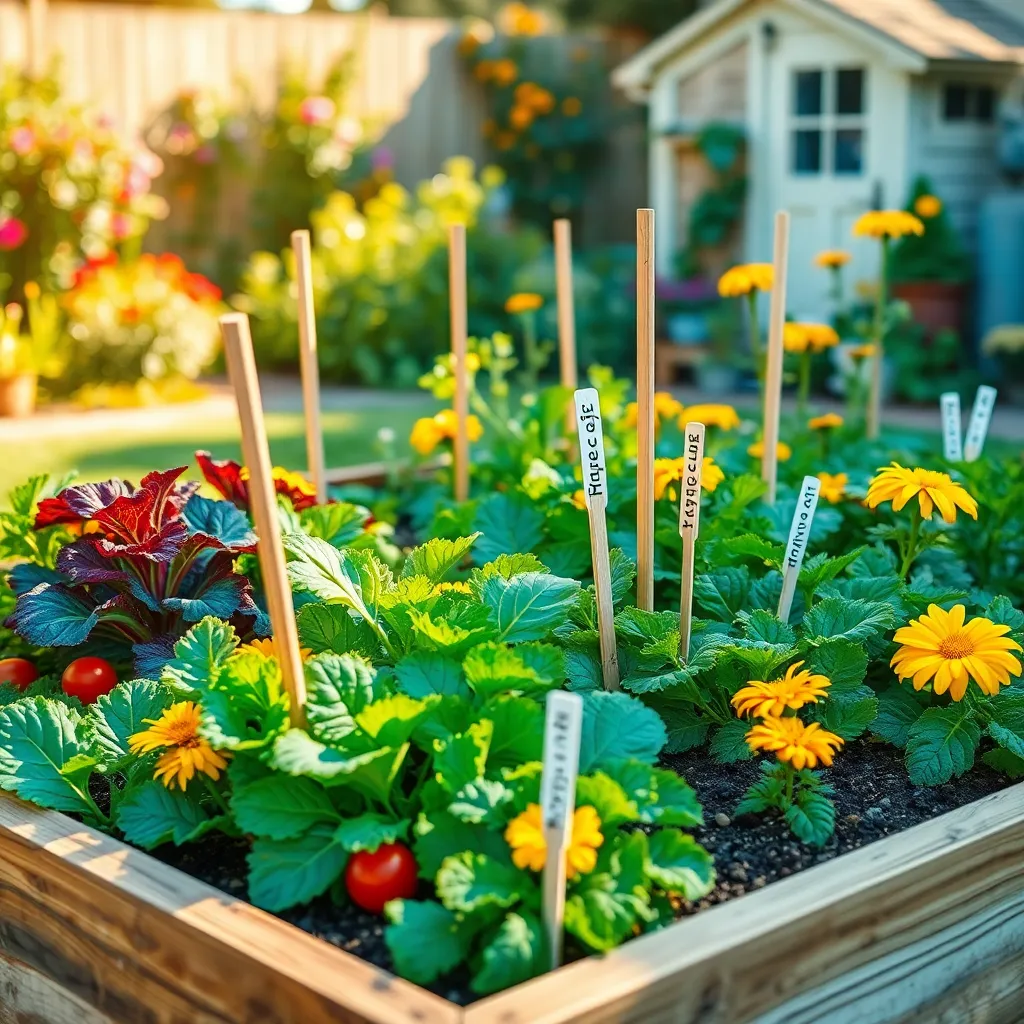
Before you begin planting, take time to plan the layout of your raised garden bed. Consider the size and growth habits of each plant to ensure they have enough space and do not overshadow each other.
Start by grouping plants with similar sunlight and water requirements together. This makes it easier to manage their care, ensuring each plant gets exactly what it needs to thrive.
For beginners, a simple approach is to place taller plants like tomatoes or sunflowers at the back of the bed. This arrangement allows shorter plants, such as lettuce or herbs, to receive ample sunlight without obstruction.
More experienced gardeners might experiment with companion planting, which involves pairing plants that benefit each other. For example, planting basil near tomatoes can improve the flavor of tomatoes and help deter pests.
Remember to leave space between rows or clusters of plants to ensure proper air circulation. This helps prevent diseases and allows for easier access during watering or harvesting.
When planning your layout, also consider the seasonal growth of your plants. Staggering plantings by a few weeks can extend your harvest period, ensuring a continuous supply of fresh produce.
Water and Maintain Regularly
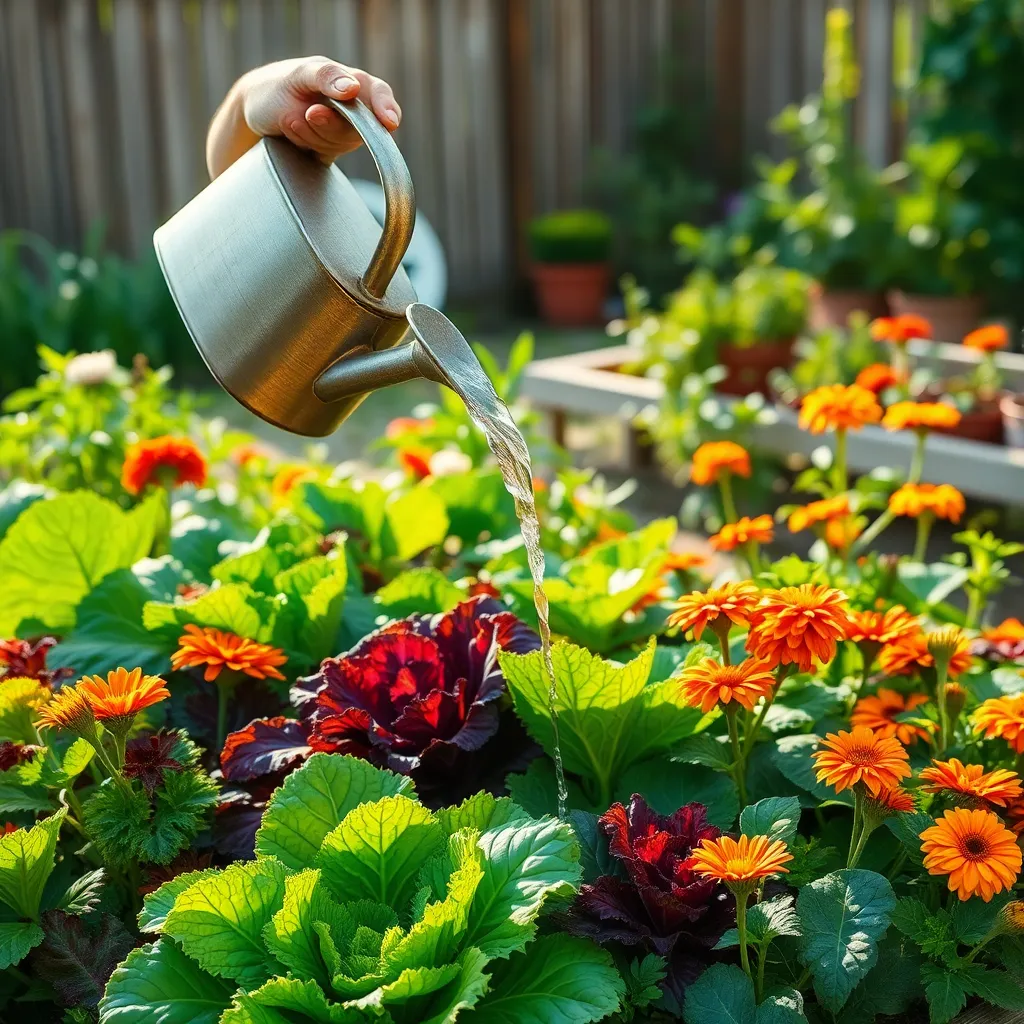
Once you have arranged your plants, it’s crucial to establish a consistent watering schedule. Watering deeply and infrequently encourages roots to grow deeper, enhancing plant resilience.
Consider the specific needs of each plant species when planning your watering routine. For example, vegetables like tomatoes require about 1-2 inches of water per week, while herbs often need less.
Soil type plays a significant role in how often you should water. Sandy soils drain quickly and may need more frequent watering, whereas clay soils retain moisture longer, reducing the need for regular watering.
To maintain the garden bed, regularly check for signs of pests or diseases. Implementing integrated pest management (IPM) techniques, such as using companion planting and natural predators, can help keep your plants healthy.
Mulching is another essential maintenance task that offers multiple benefits. A layer of organic mulch can help retain soil moisture, regulate temperature, and suppress weed growth.
For a more advanced tip, consider installing a drip irrigation system. This method efficiently delivers water directly to the base of plants, conserving water and ensuring even distribution.
Regularly inspect your plants for any nutrient deficiencies. Using a balanced, slow-release fertilizer can provide essential nutrients over a longer period, promoting steady growth and preventing nutrient runoff.
Conclusion: Growing Success with These Plants
In nurturing both gardens and relationships, the parallels are striking and deeply insightful. We’ve explored five essential concepts: the importance of a solid foundation, regular maintenance and attention, the art of communication akin to understanding plant needs, patience and adaptability in growth, and the joy of shared harvests. Just as a raised garden bed requires thoughtful preparation and care, so do our relationships thrive with intention and effort.
Your actionable next step is to choose one relationship in your life that could benefit from a little more ‘gardening’. Whether it’s scheduling a heartfelt conversation or planning a small act of kindness, take that step today.
Remember, the key to flourishing relationships lies in consistent nurturing. Bookmark or save this article as your relationship toolkit, ready to guide you whenever needed.
Looking ahead, envision the success of your relationships as a bountiful garden, vibrant and fulfilling. By applying these principles, you’re well on your way to cultivating connections that will flourish for years to come. Let this be your call to action: start your journey of growth today and watch your relationships bloom.

